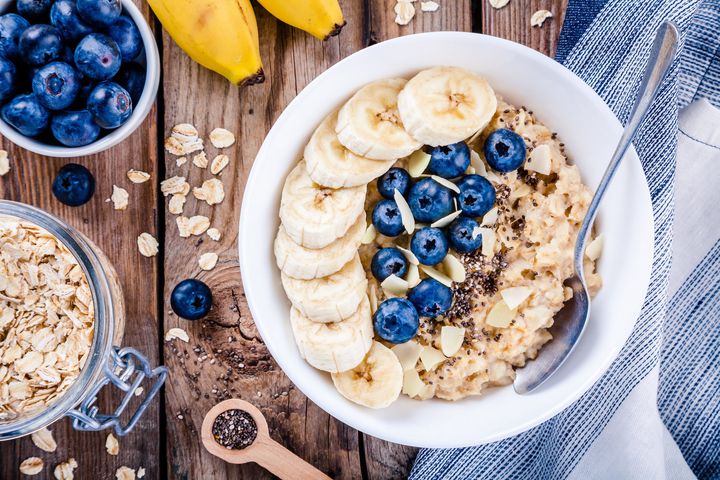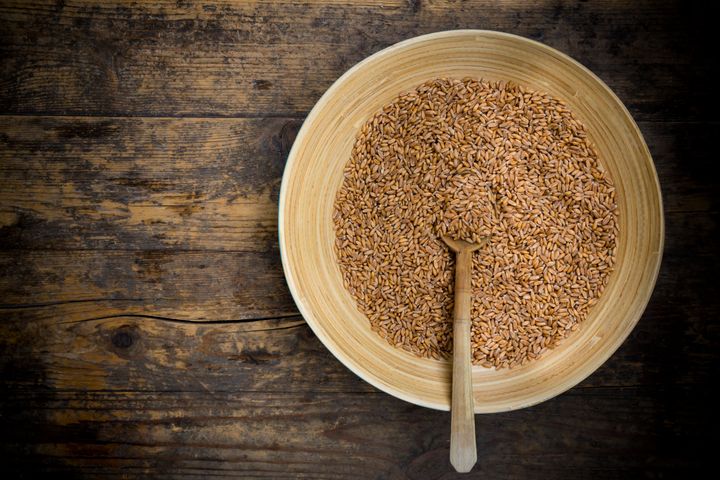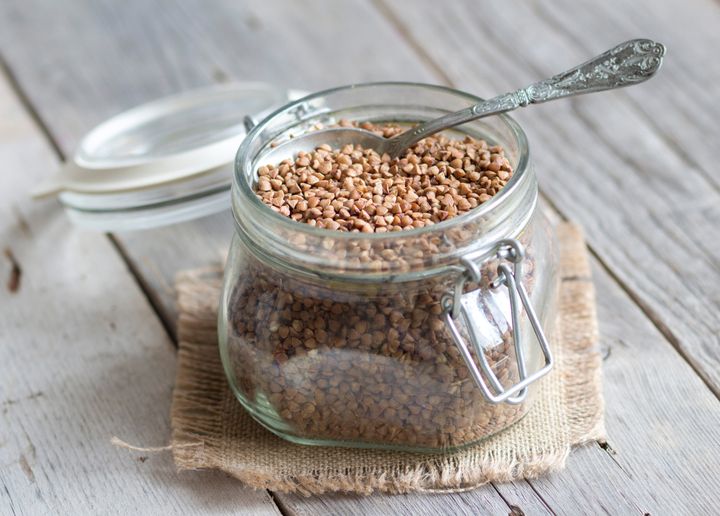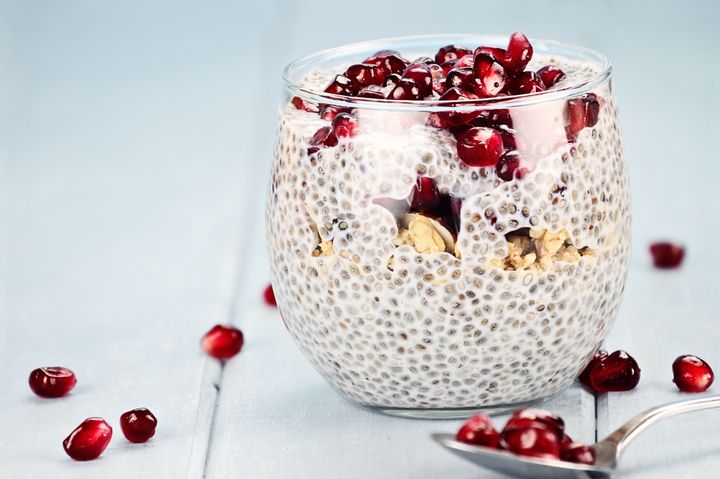Forget cornflakes. There are now dozens of breakfast ideas out there to replace your boring morning cereal: ancient grains such as quinoa, millet, amaranth, chia seeds and spelt, especially, are on the up.
But what are all these funky sounding things are how are you meant to actually eat them? Here’s your ultimate guide to the bad boys – to keep your AM eating game bang on point.
Just don’t forget to Instagram.

Millet
Deep in the Himalayan mountains, you will find the Hunza people. Recent studies have shown the community to be among the healthiest and longest-living in the world.
They live to the age of 120 and have been to known to conceive well into their 60s. Alongside dried apricots, millet is a staple food of the people. As well as being great for vegetarians and vegans, (as it’s super high in protein) you can use it to make porridge or even fry in a skillet pan with eggs and ham.

Oats
Traditionally, most of us eat porridge made from oats, mixed with whichever delicious toppings you’ve got in the fridge. But do you know the difference between rolled oats and steel-cut oats? Rolled oats are steamed, rolled, steamed again and then toasted. Steel-cut oats are made from oat kernels chopped into thick pieces.
Steel-cut oats actually digest slower than rolled oats. This makes you feel fuller for longer and slowly release energy rather than giving you a ‘sugar spike’.

Spelt flakes
Spelt is an ancient grain that’s been around for nearly 5,000 years. It’s remained pretty much unchanged since Biblical times, which means it is easier for the body to digest than genetically modified grains.
Spelt has a low glycemic index, so it only has a minor impact on blood sugar levels. Crunchy and nutty in flavour, they’re best served with milk or sprinkled on Bircher muesli.

Amaranth
It’s a famous cereal substitute for gluten-free folk, but amaranth is now gaining popularity on breakfast tables across the country.
Amaranth was originally eaten by the Aztecs as a good source of protein and vitamins. This ancient seed is similar in texture to quinoa. Even if you are not gluten-intolerant, it’s definitely worth giving amaranth porridge a try.

Quinoa
This nutty number has exploded in popularity over the past five years, although Peruvians have been eating it since ever.
Rich in protein and fibre, it’s often cooked in stock, water or soups, or toasted to go on top of salads.
But you can also bake it with nuts and cinnamon for a granola twist to pair with yoghurt, or cook it slowly in a saucepan with milk, to create a porridge.

Buckwheat
So hot right now (primarily because it’s gluten-free). Contrary to its name, buckwheat is actually a seed related to plants such as rhubarb and sorrel.
It’s rich in manganese and magnesium plus it’s packed with nutritional antioxidants. You can make great pancakes, waffles and buns with buckwheat flour, plus it works well in granola too.

Chia seeds
Last mention of a seed, cross our heart and hope to die. Chia seeds are rich in fibre and omega-3 fatty acids. Add to your breakfast smoothie with spinach, banana, yoghurt and cashew nuts, soak in milk overnight and top with pomegranate seeds for a chai pudding, or use as a topper for peanut butter on toast.
